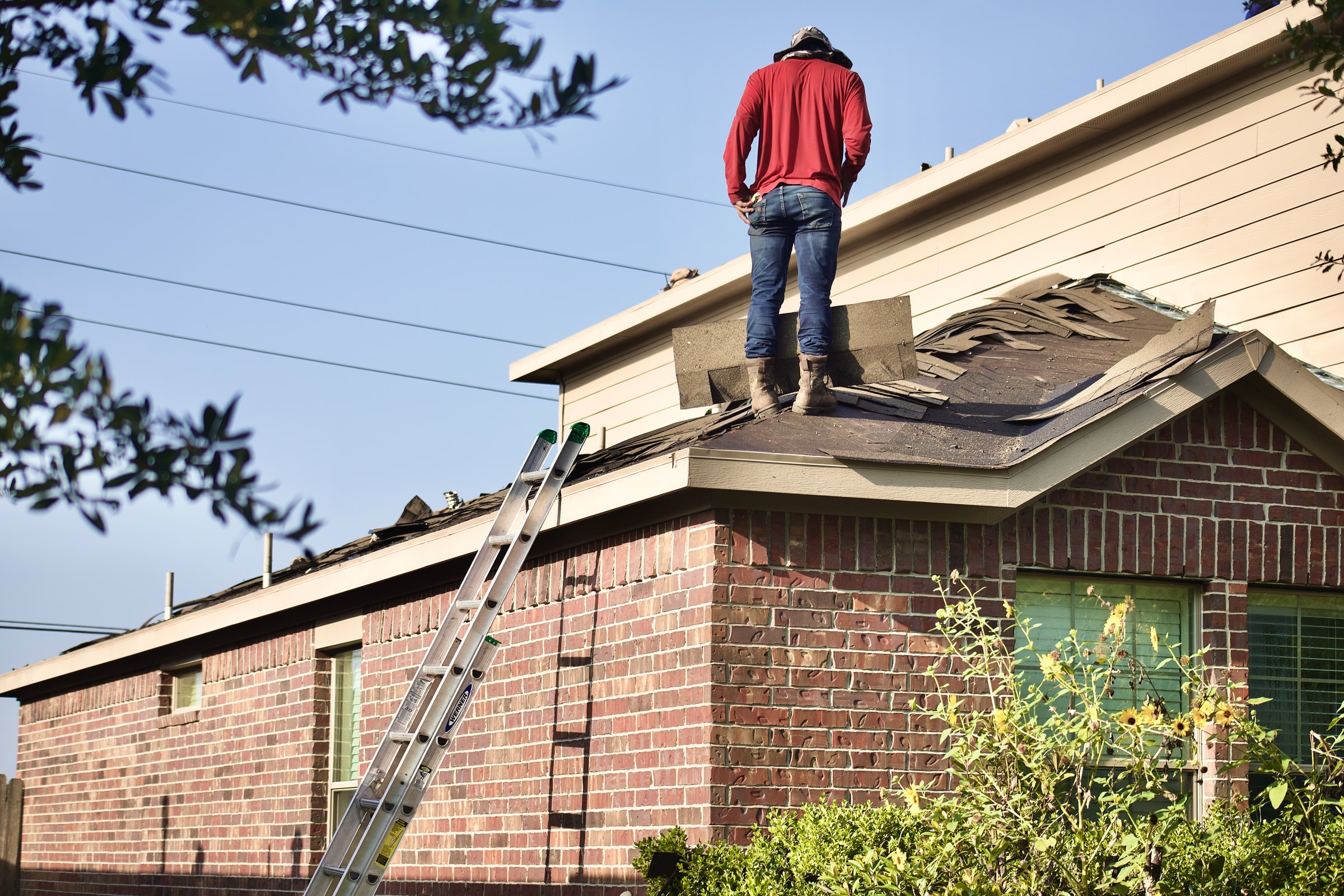The roof is an essential element for the coverage of your home. Indeed, its role is to protect your home from the outside environment (air and water). Thus, whether for new construction or as part of a renovation, it is important to think carefully about the waterproofing of your roof. This is to guarantee the durability of the structure of your home over time. If you also don’t know how to waterproof your roof, follow us through this article because we tell you everything below.
Why is it important to waterproof the roof?

It is important that you know that the more your roof is waterproof, the more your structure will be preserved over time. Indeed, with the slightest defect in the waterproofing of your roof, you can face various damages, which could cause you enormous repair costs. Therefore, sealing your roof will prevent water infiltration in the event of rain, as well as air leaks. In addition, airtightness will also make you optimize the efficiency of the insulation of your house because you will avoid heat loss through the roof.
The main types of roof waterproofing
The basics for the perfect sealing of a roof consist in ensuring the sealing of the following:
-
- Air: which is mainly ensured by another membrane located inside the building, called “vapor barrier” (imposed by the Thermal Regulations RT 2012).
-
- Water: This is generally ensured by the roofing material used: tiles, slates, zinc, steel deck, etc. However, it is advisable to reinforce this waterproofing by means of a membrane called an “under-roof screen”. Indeed, the latter serves as an additional barrier to protect the roof against air and water infiltration, as well as the penetration of various particles (snow, small insects, dust).
How to make your roof airtight?
The success of your building’s airtightness project results, in general, from the quality of the products and systems, were chosen:
-
- Insulation only + vapour barrier membrane
-
- Insulation with vapour barrier included
If you have a sloping roof, you will be able to take advantage of the installation of your thermal insulation from the inside to combine it with an independent airtightness membrane. However, be sure not to double the membrane because some insulation is already supplied with a kraft or aluminum vapour barrier. In this case, it will no longer be necessary to add a second membrane.
If you have to install the vapour barrier membrane, it is important to ensure that it is perfectly sealed at the overlapping of the lengths, as well as at the various junctions (with the adjoining walls and the openings present in the cover).
For this, you need to use a special vapour barrier adhesive, which will serve to connect the lengths to each other, as well as the membrane to the wall. You should also make use of different seals, airtight sleeves, as well as sealants for singular points and elements passing through the structure.
How to waterproof your roof?

As the watertightness of your roof is ensured primarily by the roofing material (tile, slate, steel deck, etc.), it is important that it be installed by a professional roofer. In the event of renovation of an old roof, it is possible to apply a water-repellent treatment product, or a resin-based product on your porous coatings, so that it can once again guarantee its water tightness.
However, in certain regions close to the coast or mountainous areas, it is strongly recommended to install an under-roof screen. Indeed, this protective film makes it possible to recover the water which could infiltrate under the coverings in tiles or slates in order to lead it towards the gutter. There are several types of underlay screens, but the most common these days are:
-
- The high vapour permeability screen, or HPV can be laid directly in contact with the insulation
-
- The reflective screen has the power to reflect infrared rays out of the house.
Sound off in the comments section below, and tell us what you want to read next and if you want to read more about roofs.


